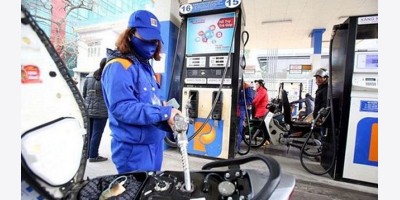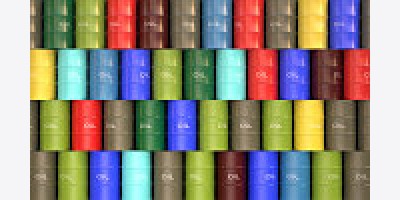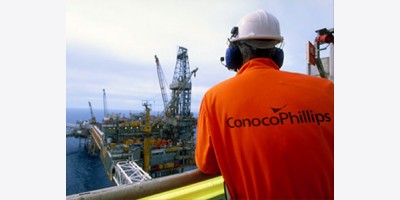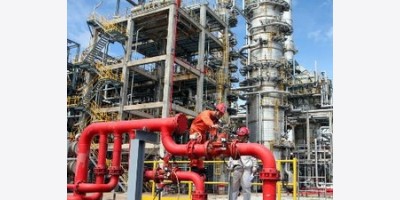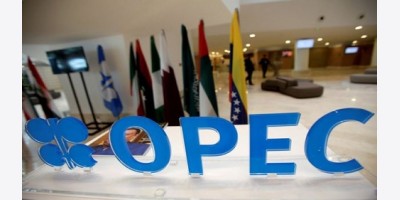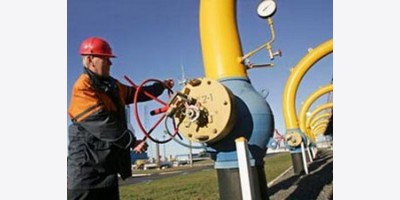By Anton Doroshev and Elena Mazneva Apr 18, 2014 11:18 PM GMT+0700 7 Comments Email Print
Royal Dutch Shell Plc (RDSA) plans to expand the Sakhalin-2 oil and gas project in Russia’s Far East, the country’s only producer of liquefied natural gas, as it seeks to boost its presence in the Asian energy market.
Shell Chief Executive Officer Ben van Beurden won a promise of support for the plan from President Vladimir Putin today at a meeting at the Russian leader’s residence near Moscow.
Putin is pushing to add oil and gas routes for Russia to supply Asia, to tap growing demand and ease the country’s reliance on Europe. Shell and state-run OAO Gazprom, its partner in the Sakhalin venture, are looking at expanding capacity by 50 percent before a new wave of supply reaches markets.
“We are very keen to grow our position in the Russian Federation,” van Beurden said to Putin today. “We look forward with anticipation and confidence on a very long-term future here in Russia.”
Shell’s commitment comes as the European Union and the U.S. threaten Russia with increasing sanctions, including against its energy industry, the biggest contributor to the country’s budget, over its annexation of Crimea from Ukraine.
Van Beurden said he and Gazprom CEO Alexey Miller agreed “to take the project forward into the next phase” at a meeting in Sochi, the Black Sea city where Russia hosted the Winter Olympics. In December, Miller, Van Beurden and Shell’s then-CEO Peter Voser discussed the addition of a third LNG train at Sakhalin, raising output from 10 million metric tons to as much as 15 million tons.
Vladivostok LNG
Mitsubishi Corp. (8058) and Mitsui & Co. are also partners in the project on Sakhalin Island, north of Japan.
Gazprom, the world’s biggest natural gas producer, has been considering alternatives to expanding Sakhalin, including construction of a new plant in the Far East. Vladivostok LNG is the preferred option, Gazprom Deputy CEO Alexander Medvedev said in March at an investor meeting in London.
Gazprom, which lost its monopoly right to export LNG last year, has yet to decide how it will expand capacity to produce the fuel, which is cooled to a liquid for transportation by tanker. OAO Novatek,Russia’s second-biggest gas producer, and state-controlled OAO Rosneft are planning to start LNG projects in 2017 and 2018 to target Asian markets.
Shell, Mitsui and Mitsubishi sold half of Sakhalin-2, which a previous Shell CEO once called the “jewel in the crown,” to Gazprom for $7.45 billion in 2007 after the project was hounded by environmental regulators. Shell also has projects in Russia with Gazprom Neft, the oil arm of the gas producer.
Sakhalin-2 will pay about $4 billion to Russia this year, compared with $2.66 billion last year, according to a statement this month on the venture’s website.
To contact the reporters on this story: Anton Doroshev in Moscow at adoroshev@bloomberg.net; Elena Mazneva in Moscow at emazneva@bloomberg.net
To contact the editors responsible for this story: Torrey Clark at tclark8@bloomberg.net




